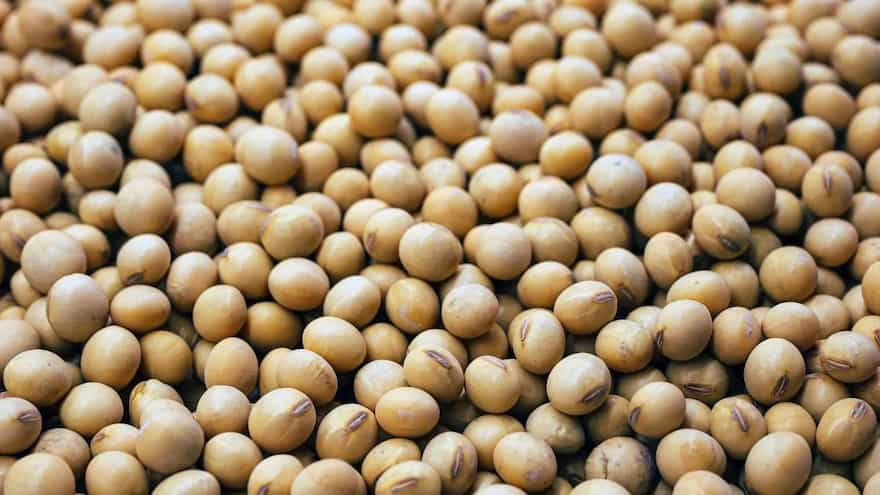Until recently, people still had mixed feelings about fermentation and many approached it with a fair amount of trepidation. The idea of intentionally cultivating bacteria and then consuming them flew in the face of everything modern Euro-centric cooking techniques thought was safe. This was of course all a matter of culture since fermentation has been used to create sauerkraut and kvass for centuries in Eastern Europe, but modern ideas had edged out this process in favour of more ‘hygienic’ options. But luckily, the conversation around fermentation has been growing and people are becoming more aware of the true nature of fermentation and the benefits that can come with it.
One of the most underrated fermented products is Miso paste. This fermented soybean paste from Japan has been used as a seasoning in East Asia for centuries but has a lot of potential in all cuisines around the world. Even if you aren’t familiar with miso as an ingredient, there’s a good chance you’ve tried it before since it’s one of the most crucial components of soy sauce.
Making Miso is a two-step process and begins with koji, a fungus used while making many popular fermented foods in Japan. Known scientifically as Aspergillus Oryzae this bacteria is used to develop complex flavours in food as they develop. And if this sounds a little offputting to you, you might want to remember that flavours in cheese are made in much the same way, just with different bacteria.
To make miso, spores of the bacteria are added to a starter which in this case is soybeans – although you can also make koji with cooked rice – and as the koji incubates, it converts starches into sugars while also releasing glutamate to produce a unique umami flavour. Depending on the ratios of starter to koji as well as the length of time it's allowed to develop, the flavour of miso can vary.

Shiro Miso/White Miso
This miso is made with a higher concentration of koji and fewer soybeans and with a very short fermentation period which makes it mild and almost sweet. Perfect for soups, dressings or marinades.
Shinshu Miso/Yellow Miso
With a longer fermentation period and a larger percentage of soybeans and barely, yellow miso is saltier and more acidic which makes it better suited as a condiment.
Aka Miso/Red Miso
Made with a largest amount of fermented soybeans this has the longest fermentation time and most concentrated flavour. It’s tangy and salty and its best used in stews for a more hearty flavour.
Awase Miso/Mixed Miso
With a blend of white and red miso, you can get the best of both worlds. The delicate notes of white with the rich depth of red.


